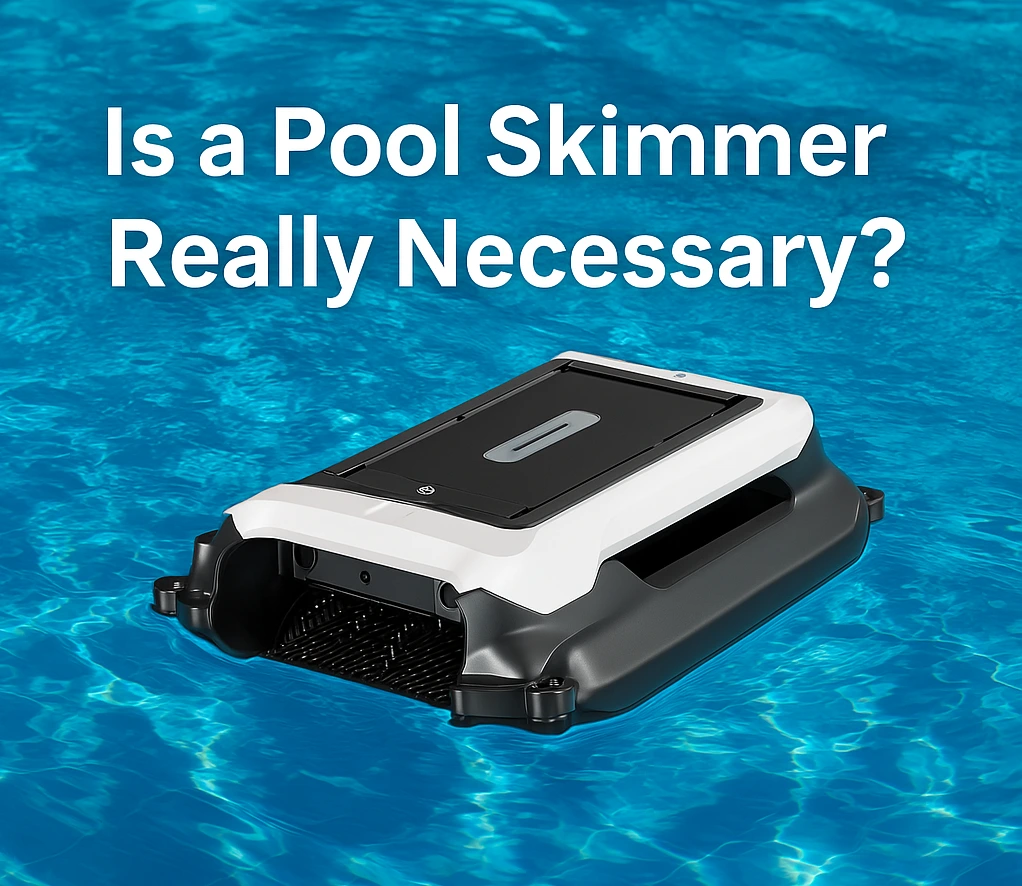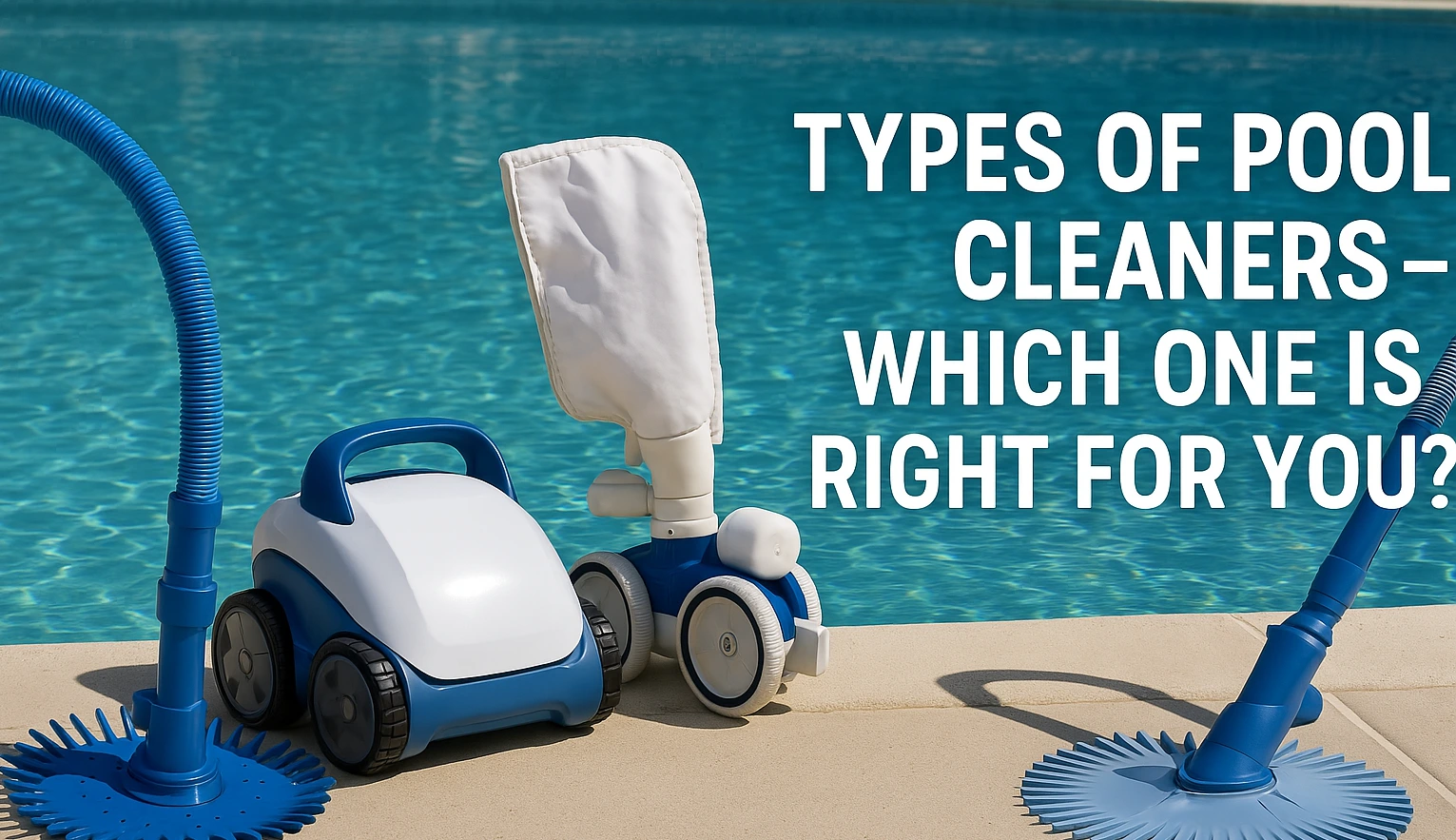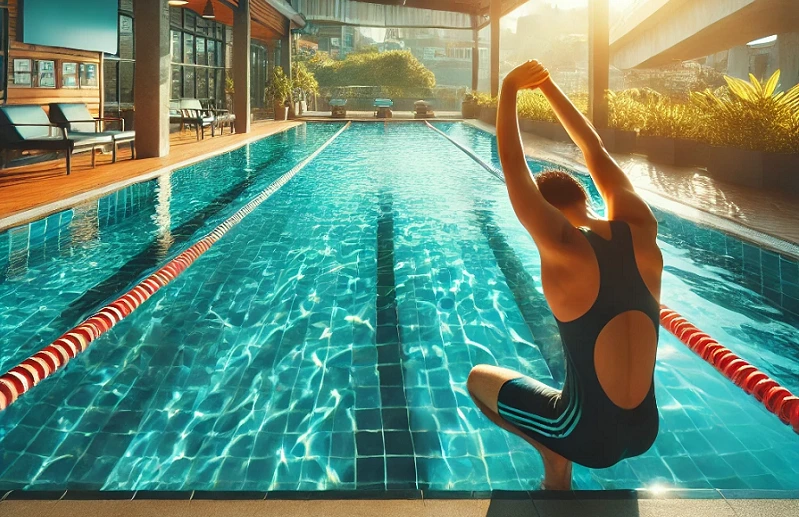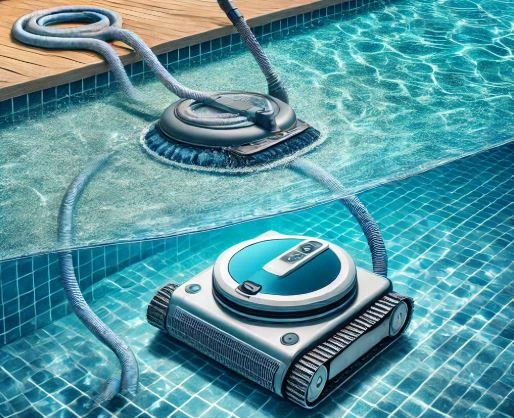When is Mother’s Day in Australia (2025)?
In Australia, Mother’s Day is celebrated every year on the second Sunday of May. In 2025, it will fall on Sunday, May 11th. It’s a day dedicated to showing love and appreciation to mothers and maternal figures across the country.
A Bit of History
Mother’s Day in Australia has roots in the United States. It was first recognized there in 1908, and by 1924, Australians had embraced the tradition too. The day is a heartfelt reminder to honour the love, strength, and dedication of mums, grandmothers, and all maternal figures who play an important role in our lives.
How Aussies Celebrate Mother’s Day?
Australians mark this day with warm, thoughtful gestures. Here are some common ways people celebrate:
Gifts and Cards: Kids and adults alike give flowers, gifts, or handwritten cards to show their love and appreciation.
Family Time: Many families enjoy breakfast in bed, a homemade lunch, or head out for a special meal to spend quality time together.
Giving Back: Some people choose to honour the spirit of the day by donating to charities that support mothers, women, or children in need.
Getting Ready for Mother’s Day 2025
Planning ahead can make Mother’s Day even more special. Here are a few ideas to help you prepare:
Gift Ideas: Choose something that matches your mum’s personality. Tech-savvy mums might love helpful gadgets like robot vacuums or robotic pool cleaners – practical gifts that make life easier.
Quality Time: Organise a picnic, a nature walk, or a fun day trip. It’s all about creating lasting memories together.
Add a Personal Touch: Nothing beats a heartfelt, handwritten note or a handmade gift. These simple gestures often mean the most.
Mother’s Day is more than just a date on the calendar – it’s a chance to slow down and show gratitude to the amazing women who nurture and guide us.
This May 11th, 2025, take the time to make your mum feel truly special. Whether it’s through gifts, time, or kind words, every small act counts.










